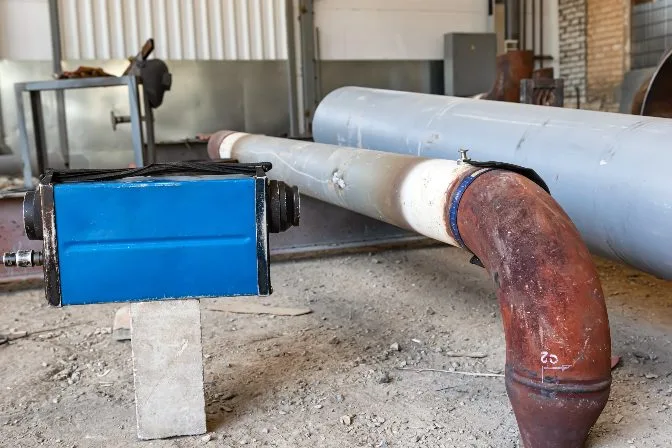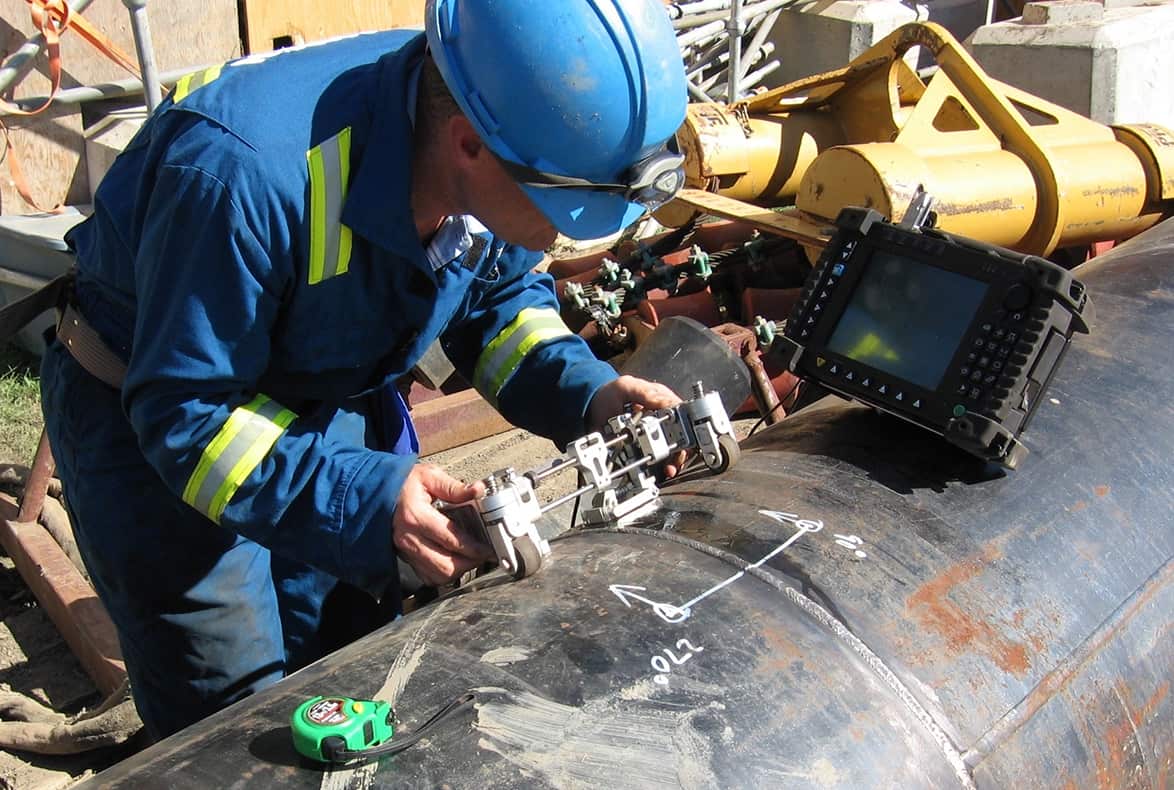Making Certain Sturdiness with Thorough Pipeline Welding Inspection

Best Practices for Pipe Welding Examination: Methods, Standards, and Procedures to Attain Quality Control and Compliance
Efficient pipeline welding assessment is necessary for making certain the integrity and safety of critical infrastructure. Understanding the intricacies entailed in each stage of examination is vital to attaining conformity and dependability in pipeline systems.
Significance of Welding Examination
The honesty of bonded joints is vital in making sure the security and reliability of pipe systems. Correct welding methods and extensive evaluation processes are essential to protect against failings that can cause devastating incidents, ecological damage, and loss of life. Pipeline Welding Inspection. Welding examination works as a preventive measure, recognizing problems such as cracks, porosity, and insufficient fusion before they rise right into significant concerns
Furthermore, pipeline systems typically operate under high stress and severe problems, making the top quality of welds a lot more vital. Regulative conformity is one more substantial element, as various requirements dictate the quality control processes that must be followed in pipe building and upkeep. Failure to conform can cause legal implications and financial losses.

The role of welding assessment expands beyond simple confirmation of workmanship; it includes the guarantee of long-term operational stability. This entails a systematic technique that includes not only aesthetic examinations but likewise progressed non-destructive screening methods. Eventually, efficient welding examination is an investment in the longevity and security of pipe systems, guaranteeing they operate as intended while minimizing dangers connected with product shortages.
Trick Inspection Methods

Visual assessment, frequently the initial line of defense, enables the recognition of surface flaws such as cracks, undercuts, and porosity. Ultrasonic screening employs high-frequency audio waves to find inner defects, supplying a comprehensive analysis of weld integrity. This non-destructive technique is especially reliable for identifying interruptions that might not be visible externally.
Radiographic screening entails using X-rays or gamma rays to create photos of the bonded joint, disclosing internal problems. This method supplies thorough understandings but may require specific devices and safety and security factors to consider. Last but not least, magnetic particle testing works for finding surface area and near-surface discontinuities in ferromagnetic materials, utilizing magnetic fields and fine iron particles.
Market Criteria and Laws
Compliance with industry standards and laws is essential for making certain the high quality and safety of pipeline welding inspections. These criteria give a structure for finest practices in welding procedures, products, and evaluation techniques, permitting companies to reduce defects and boost the stability of pipeline systems. Trick bodies such as the American Culture of Mechanical Engineers (ASME), the American Welding Culture (AWS), and the International Company for Standardization (ISO) state standards that are commonly recognized and adopted within the sector.
In the USA, policies from the Pipe and Hazardous Materials Safety Management (PHMSA) govern the safety and security of pipeline procedures, mandating extensive evaluation procedures. These requirements not just serve to secure public security and the setting however additionally make sure conformity with legal and legal obligations. Adherence to the pertinent codes, such as ASME B31.3 for process piping, is necessary for keeping operational efficiency and regulative compliance.
In addition, constant updates and modifications to these criteria reflect technical developments and advancing market techniques, highlighting the need for organizations to stay educated and train workers accordingly. Eventually, robust compliance with well-known standards promotes depend on and integrity in pipeline facilities, securing both assets and stakeholders.
Efficient Examination Treatments
Effective evaluation procedures are critical for recognizing potential problems in pipeline welds and making sure the total honesty of the system. A systematic approach to evaluation includes a number of crucial stages, consisting of pre-weld, in-process, and post-weld assessments. Each stage plays an essential role in maintaining quality control.
During pre-weld inspection, it is necessary to review the products and joint arrangements, making certain conformity with job specs. In-process assessments include checking welding methods and specifications, such as warm input and travel speed, to prevent issues from taking place. This phase enables for real-time modifications to welding practices.
Post-weld inspections consist of non-destructive screening (NDT) directory techniques like radiography, ultrasonic screening, and magnetic fragment testing. These approaches aid find interior and surface imperfections that might compromise the pipe's performance. Paperwork of all evaluation activities is vital, offering a deducible record that sustains compliance with market standards.
Educating and qualification of assessment personnel additionally boost the efficiency of these procedures. By sticking to a structured examination procedure, companies can minimize dangers, ensure conformity, and ultimately provide pipelines that satisfy stringent security and performance demands.
Common Difficulties and Solutions
Pipe welding evaluation offers a number of usual challenges that can influence the top quality and security of the end product. One significant obstacle is the variability in welding methods and products, which can result in irregular weld quality. To address this, it is crucial to establish standard treatments and training for welders, guaranteeing a consistent approach across jobs.

Environmental variables, consisting of temperature and humidity, can additionally impact the welding process, possibly resulting in cracks or insufficient combination. Executing controlled settings and sticking to pre-weld treatments can alleviate these dangers.
Conclusion
In verdict, the execution of ideal methods for pipe welding assessment is essential for ensuring quality control and compliance with market requirements. An extensive approach, integrating numerous methods such as visual, ultrasonic, and radiographic testing, facilitates the identification of flaws throughout all phases of the welding read the article process. Pipeline Welding Inspection. Adherence to developed regulations and efficient inspection procedures not just boosts the reliability and security of pipe systems but likewise minimizes risks related to welding issues, thereby promoting overall functional honesty
Compliance with industry requirements and laws is vital for making sure the top quality and safety of pipeline welding evaluations. These requirements give a structure for best practices in welding processes, materials, and assessment strategies, permitting companies to minimize defects and enhance the stability of pipeline systems.In the United States, policies from the Pipeline and Hazardous Products Security Management (PHMSA) regulate the safety and security of pipe procedures, mandating strenuous inspection protocols. A systematic approach to examination incorporates a number of crucial stages, including pre-weld, in-process, and post-weld evaluations.In final thought, the application of best practices for pipeline welding examination is essential for ensuring top quality guarantee and conformity with market standards.